Weaver news
| PHOWN (Photos of Weaver Nests) is a monitoring project to study breeding distributions and colony size variation in weavers. All records of weaver nests are welcome but sometimes participants come across so many colonies they are not sure where to start. Here are a few priorities that you may choose to focus on.
The Sociable Weaver has not changed its southern-most limit in 21 years (see here) but what about other areas? There appears to be a range exapnsion in Botswana when travelling when Namibia - see map of all PHOWN records here.
Send in as many PHOWN records from anywhere in Gauteng as possible, as well as by finding colonies anywhere near its range edge. To read more about its changing range, see here and to see a map of PHOWN records see here.
In arid areas colonies may be small, but are often large, where several males build in a colony near clumped resources of food, water and nesting material. In more mesic areas, and especially in urban or semi-urban areas, where food and water are available through the year, this species usually breeds in single-male colonies (rarely more males). A summary of this geographic variation was presented at the Arid Zone Ecology Forum in 2011, see here, based on the many PHOWN records for this species, see here, but many more records are needed from different areas.
Counting the nests of Village Weaver requires a little effort - their colonies are often large with up to a few hundred nests. To count the nests, it is best to walk around the colony and take about 3 counts and then use the average. It is helpful to use binoculars and stand a few metres away from the colony. PHOWN records for Village Weaver may be viewed here.
Counting the nests of this species requires a little effort - Yellow Weaver colonies are often in reeds where nests may be obscured from view. One option is to use chest waders (from a fishermans shop) and carefully walk through the reeds (without damaging reeds with nests) to count the nests. For some colonies you may be able to find an elevated view (eg high river bank) from which you can look down on the reeds and count the nests. Some colonies are in trees - to count these, see under Village weaver above. PHOWN records for Yellow Weaver may be viewed here.
Of course, all PHOWN records are valuable and records for species not yet covered are exciting to see! |








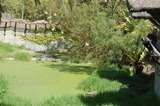


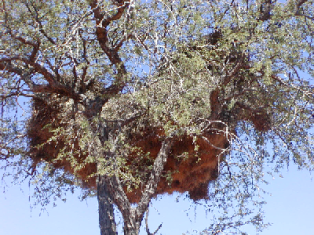 Sociable Weavers Philetairus socius
Sociable Weavers Philetairus socius
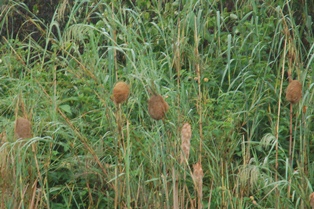 Thick-billed Weavers Amblyospiza albifrons
Thick-billed Weavers Amblyospiza albifrons
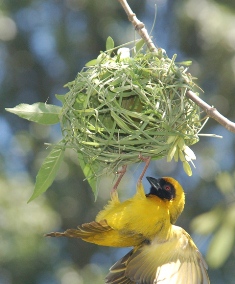 Southern Masked Weavers Ploceus velatus
Southern Masked Weavers Ploceus velatus
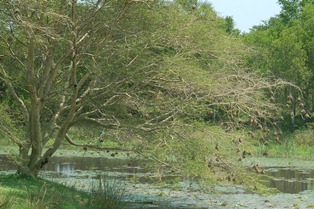 Village Weavers Ploceus cucullatus
Village Weavers Ploceus cucullatus
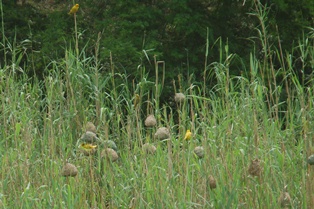 Yellow Weavers Ploceus subaureus
Yellow Weavers Ploceus subaureus
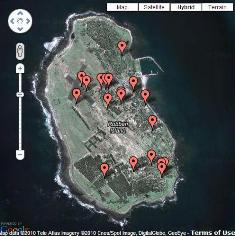 Too many colonies?
Too many colonies?